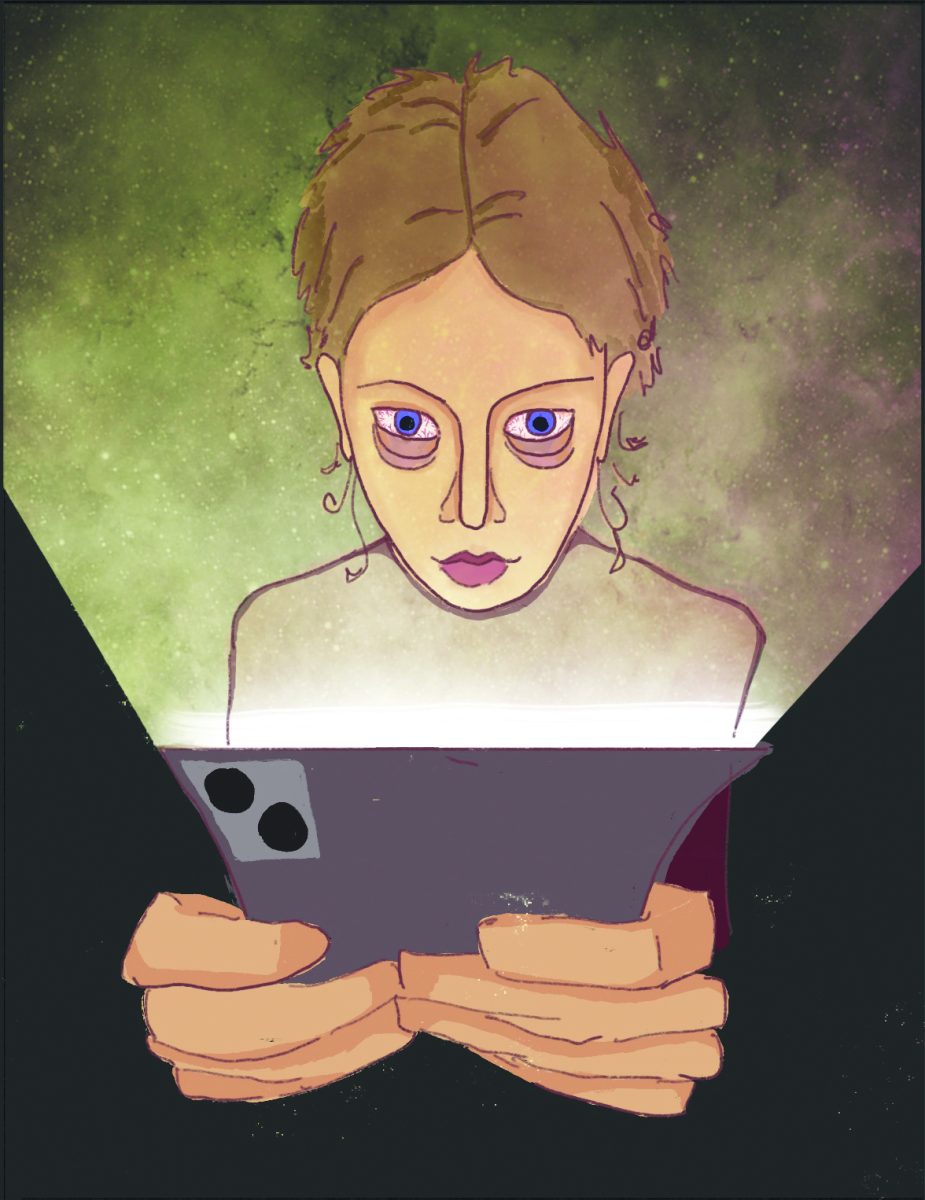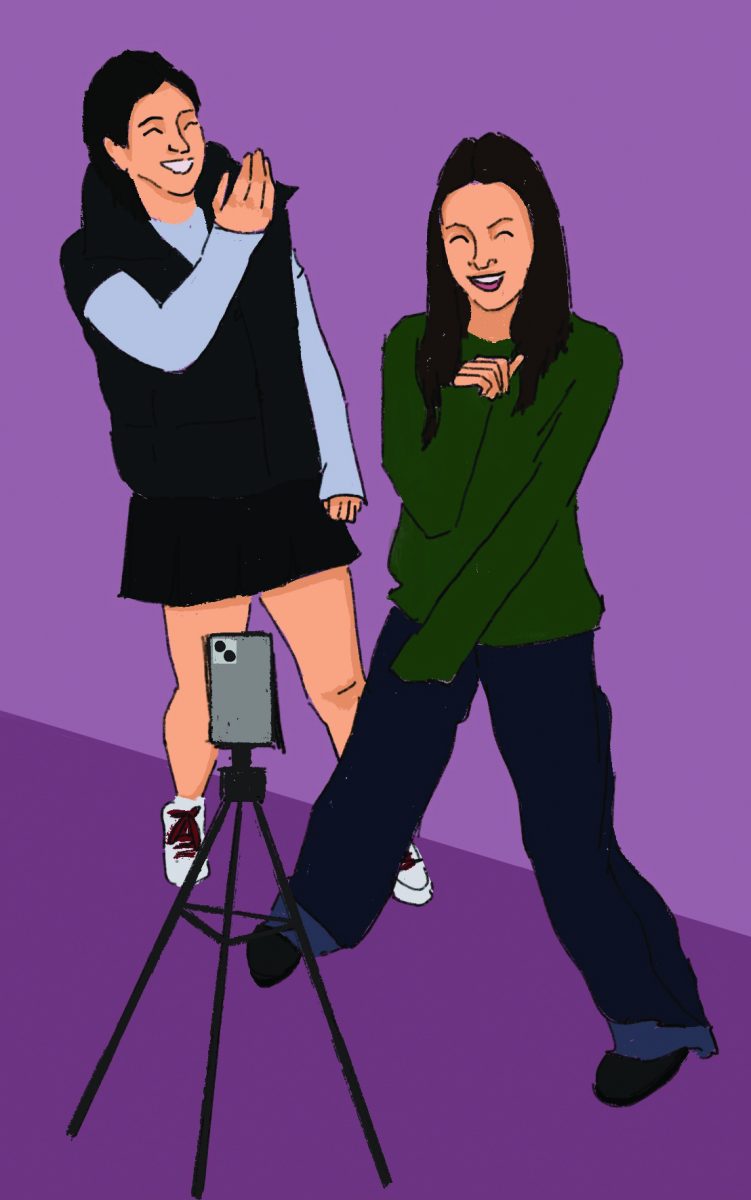
I’ll admit it… I am a huge trend follower. Anytime a new fashion, music or lifestyle trend arises on the internet, I’m gladly among the crowds of teens following the craze. One recent trend however, has particularly sparked my curiosity: spiritual practice through meditation, manifestation, crystals and even witchcraft.
Platforms such as Tik Tok have generated a large following of teens interested in exploring their spirituality. Although I am not a particularly spiritual person, I was instantly intrigued by the videos I had seen on my “for you page” about these practices ranging from aesthetically pleasing crystal hauls to methods of manifesting “good vibes.”
But what caused this new fascination with spirituality on an app designed for comedy skits and dance routines?
In my opinion, this trend in spirituality is Gen Z’s way of continuing to reject the social norms of older generations. Some are redefining gender norms, with many teens embracing fluidity in gender identity and expression. Others are redefining systems, with a greater support of socialism (or objection to capitalism) than any other generation. In a similar fashion, many Gen Z teens are also redefining traditional faith, by turning away from organized religion and instead embracing less-conventional spiritual beliefs and practices.
I think that this stems from a frustration with the rigidity of organized religion. For example, many people do not feel accepted by or connected to any particular religion because of diverging views on premartial sex and homosexuality, while others because of their exprience growing up in that religion. According to Pew Research, one third of Gen Z teens do not identify with any religion. However, this turn away from religion does not necessarily mean a lack of spirituality, just different ways of expressing it. Witchcraft and other practices have become a popular alternative to current teens because of its emphasis on free thought and open-mindedness.
To clarify, these ideas of modern witchcraft and unorganized religion are not new to Gen Z. Wicca is a nature-based pagan religion that first gained popularity in the 1960s and 70s as a spiritual, environmental and feminist movement. Those who practiced Wicca in the 20th century shared many qualities with modern witches, such as an emphasis on healing and nature. While the turn away from organized religion is not unique to Gen Z, due to the role of social media, it has become more common and is spreading more rapidly than ever before.
Additionally, quarantine has been a time of self-exploration for many teens. Faced with more free time and boredom, teens have had the opportunity to experiment with different identities, including their spirituality and religion. Feelings of loneliness and alienation are higher than ever, creating a reason for teens to seek comfort and companionship from a higher force. Furthermore, teens are able to find a sense of community by connecting with others who hold similar beliefs as them. Everyone has been coping with COVID in different ways; some teens may be rewatching their favorite TV series or picking up a new hobby, but others are embracing their spirituality.
There is often a stigma associated with this type of spirituality; unlike other faith based religions, witchcraft is deemed “superstitious” or “unfounded.” For example, many people don’t know how a crystal (which is essentially just a rock) could possess healing properties. A study done by psychologist Christopher French shows that regardless of crystals’ actual powers, the placebo effect is able to emulate real results. The placebo effect is when an improvement of symptoms is observed, despite using a non-active treatment. In other words, if people believe that crystals and manifestation will make them feel better, many of them do feel better, regardless of whether a higher force was involved. In addition, some of these “new age” practices have measurable results. For example, according to a Harvard Medical School study, meditation and mindfulness have proven benefits in reducing stress and increasing self-awareness, especially to those struggling with anxiety or depression.
Personally, I am interested in learning more about these practices, and confess that I even have a handful of crystals sitting on my windowsill now. More importantly, I think that Gen Z’s trend in redefining or rejecting the social norms and systems set by generations before us will only continue as we get older, and I am excited to see where it will lead us.







